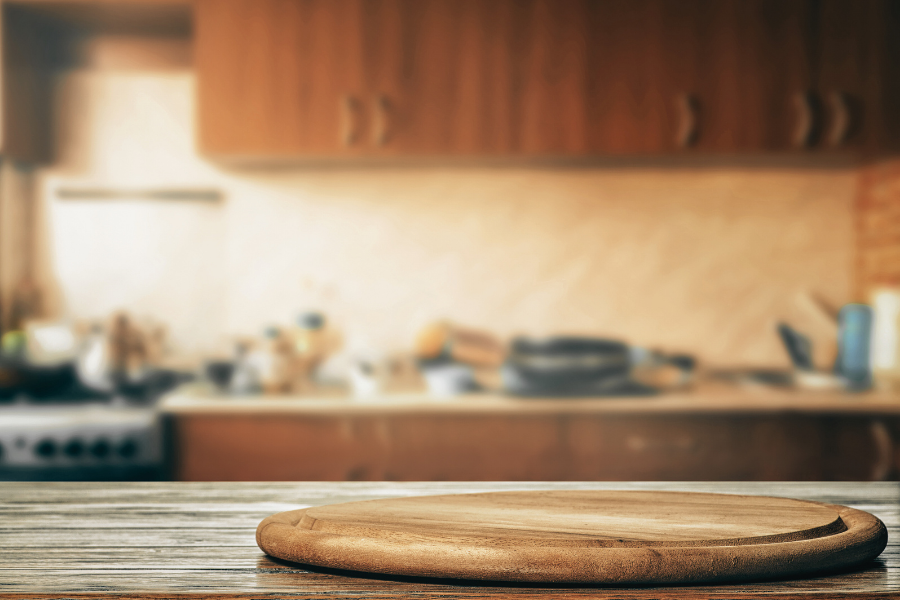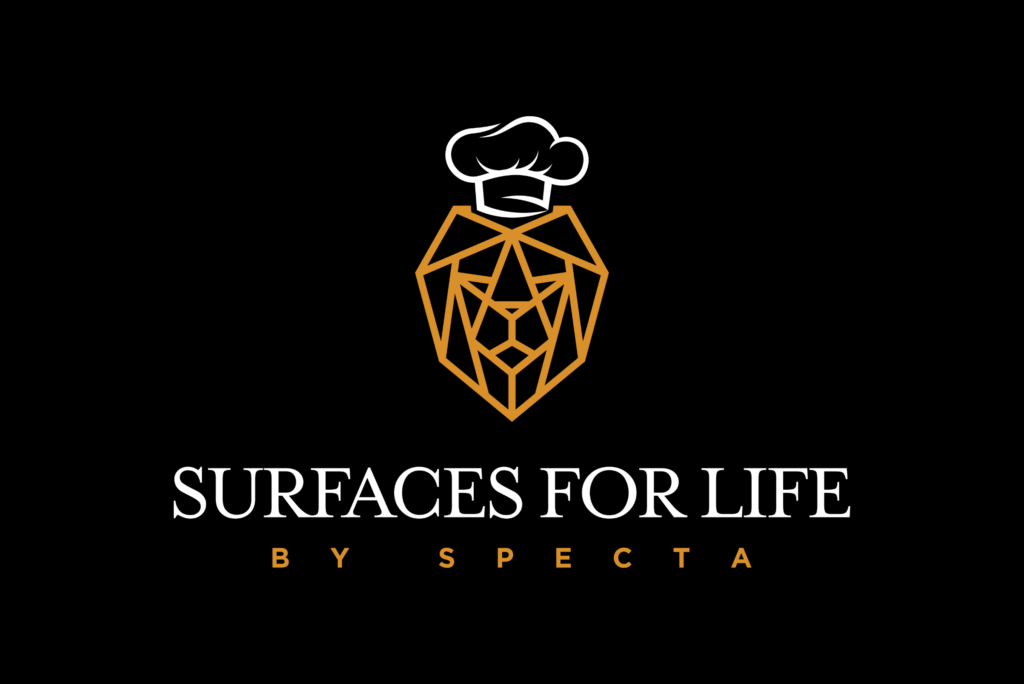We live in a chaotic world that demands quite a bit. Workdays stretch long, families juggle endless responsibilities, and social lives are squeezed into what little time remains. Add to that the pull of screens and the pressure to stay “always on,” and it’s no surprise that many of us feel depleted.
People need spaces and ways to reset. Some join gyms, others find stillness in yoga or meditation. Parks and green spaces are cathartic, while hobbies like music, painting, or writing give room for expression. All of these restore balance, especially when practised regularly.
There is another space that offers benefits on several levels, already present in every home. Familiar, often overlooked and within reach, the kitchen offers more than meals. It can be a site of therapy, creativity, growth and connection.
It’s our oldest gathering space.

Cooking has shaped humanity as much as language or shelter. The ability to use controlled fire to prepare food transformed our species; food became safer, more nourishing and easier to digest. This shift supported larger brains, stronger communities and more complex societies.
From open flames to clay ovens, from courtyard kitchens to stovetops, kitchens have been the beating heart of the household. In India, the courtyard kitchen once anchored daily life, where multiple generations gathered to cook and eat. Across the world, community hearths and tandoors played the same role. Food preparation was not – and is not – an isolated act; it was tied to society, ritual, survival and celebration.
Today’s kitchens may look different, shaped by urbanisation, technology and modern time pressures. Yet these shifts do not erase what the kitchen has always offered. From crowded apartments to spacious homes, it continues to serve the same purpose it has for centuries: a place where sustenance meets togetherness.
It can nurture mental well-being.

“There is no health without mental health; mental health is too important to be left to the professionals alone, and mental health is everyone’s business.”
Dr. Vikram Patel
Psychiatrist and co-Director, Centre for Global Mental Health, Harvard Medical School
In recent years, a practice known as culinary therapy has entered mainstream wellness. Sometimes called kitchen therapy, it treats cooking as a tool for healing and growth.
The principles are simple but powerful. Cooking engages all the senses and pulls us into the moment. The crackle of spices hitting hot oil, the rhythm of rolling dough, the fragrance of fresh herbs – each draws attention away from racing thoughts. Repetitive tasks like rinsing rice, whisking batter, or kneading dough create a meditative rhythm, easing anxiety and providing relief from digital noise.
Research supports what many know instinctively: cooking can regulate emotions, reduce stress and build self-esteem, while creating something that nourishes both the cook and others. For some, it becomes a creative outlet. For others, it provides grounding through routine. Shared, it sparks connection. Approached as a challenge, it builds confidence. However it is used, kitchen time carries the potential to restore balance and foster growth.
It is at home and within reach.

When people think of wellness, they often picture gyms, yoga studios, or mindfulness retreats. The kitchen contains elements of all of these. It combines physical activity, presence and creativity with the added benefit of nourishment.
Most importantly, the kitchen is accessible in a way few other wellness spaces are. You don’t need a new membership or app to enter it – it’s already part of your home. The work here has a low barrier to entry: even the smallest acts, like brewing tea or cutting fruit, can shift how you feel. And because these practices are woven into daily life rather than added on top of it, they have the potential to be sustainable over the long term.
For those new to the kitchen, entry points can be as simple as:
- Brewing your own morning tea or coffee
- Making a basic dal or stir-fried vegetable
- Washing and chopping fruit for a snack
- Cooking rice or rotis a few times a week
For those who already spend time in the kitchen, it helps to notice the skills at work. Consistent effectiveness here is rarely accidental; it draws on qualities that are valuable well beyond cooking:
- Rhythm and focus: A kitchen runs on many cycles – shopping, cooking, cleaning, resetting. Staying present within and balancing these patterns calls for focus, and stregnthens it over time.
- Strategy and adaptability: Planning meals, managing ingredients and adjusting recipes on the fly demand foresight, resourcefulness and everyday problem-solving.
- Connection and care: Providing food for others OR yourself is a profound act of care, one that nurtures relationships and sustains communities.
- Creation and accomplishment: Bringing a meal together from start to finish is an act of creation and a tangible accomplishment that proves capability and resilience.
Entry points may differ, but whether you are just beginning or already deep into the work, the kitchen offers a daily space where presence, creativity and connection are always within reach.
It can build habits that last.

The kitchen supports the kinds of habits wellness research highlights as most sustainable: accessible, practical and transferable. What you learn here often extends into other areas of life.
- Mental health: Order and rhythm provide clarity in a distracted world.
- Physical health: Preparing food gives direct control over what fuels the body.
- Skill building: Planning, coordination, time management and adaptability all grow naturally through cooking and organising meals.
- Personal growth: Setbacks become lessons in resilience; successes build confidence.
- Connection: Food traditions and shared meals strengthen relationships across generations.
These skills are rarely acknowledged, yet they form the same foundation celebrated in workplaces and classrooms. Over time, what begins as ordinary routine becomes an investment that pays back in health, capability and connection.
It’s relevant today.

People are investing in well-being like never before: fitness memberships, mindfulness apps, language classes, creative workshops. The patterns are clear: people want self-care that is convenient, accessible and meaningful. Research on future wellness trends echoes this shift, showing how practices that are sustainable, skill-building and part of daily life are where wellness is headed.
The kitchen fits directly into this shift. It adapts to different lives and contexts, but the outcomes converge: focus, energy, connection and confidence. In 2025, when so much of life is digital, the kitchen remains immediate, physical and rewarding.
The kitchen has always been more than function – from the hearths of the past to the routines we rely on today. It’s where daily tasks can become practices of renewal, grounding us in the present while shaping skills and connections that carry forward. Recognising this potential is the first step to getting more from a space that’s already at the centre of life. Check out “What Else Is In The Kitchen?” to see what can come out of it beyond meals.
Specta Quartz sees the kitchen as a space for calm, connection, fun and growth. Follow us on Instagram @surfacesforlife for more.



